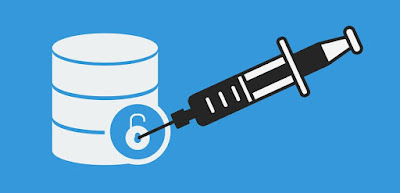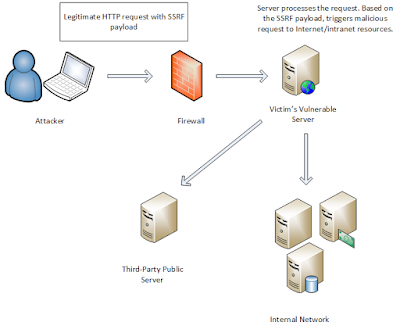SQL Injection Prevention Cheat Sheet

This article is focused on providing clear, simple, actionable guidance for preventing SQL Injection flaws in your applications. SQL Injection attacks are unfortunately very common, and this is due to two factors: the significant prevalence of SQL Injection vulnerabilities, and the attractiveness of the target (i.e., the database typically contains all the interesting/critical data for your application). It’s somewhat shameful that there are so many successful SQL Injection attacks occurring, because it is EXTREMELY simple to avoid SQL Injection vulnerabilities in your code. SQL Injection flaws are introduced when software developers create dynamic database queries that include user supplied input. To avoid SQL injection flaws is simple. Developers need to either: a) stop writing dynamic queries; and/or b) prevent user supplied input which contains malicious SQL from affecting the logic of the executed query. This article provides a set of simple techniques f
